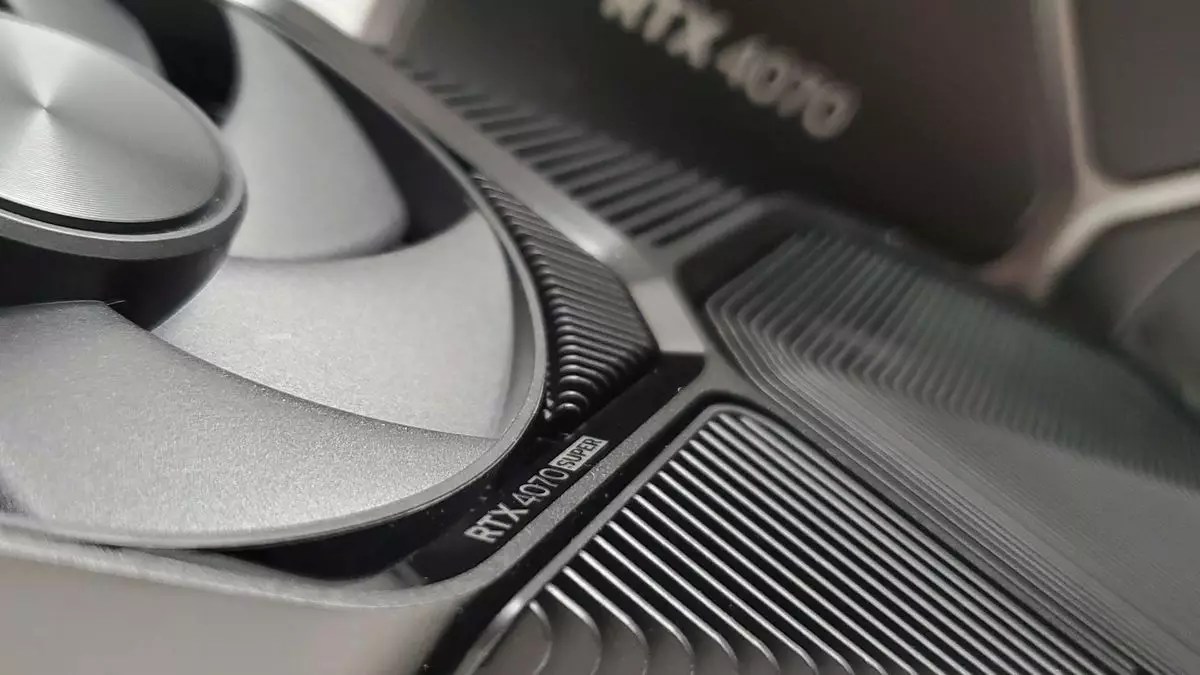Nvidia has recently announced a groundbreaking collaboration with Microsoft to bring personalized AI applications to Windows through the Copilot platform. This collaboration is not limited to Nvidia alone, as other GPU vendors such as AMD and Intel are also set to benefit from this partnership. The Windows Copilot Runtime will now receive support for GPU acceleration, allowing GPUs to effectively leverage their AI capabilities in applications running on the Windows operating system. This development will provide application developers with easy access to GPU-accelerated small language models (SLMs) through an application programming interface (API).
In more straightforward terms, this collaboration will enable developers to harness the power of GPUs to accelerate heavily personalized AI tasks on Windows. Tasks such as content summarization, automation, and generative AI will see significant improvements in performance and efficiency. Nvidia has already introduced one RAG application called Chat with RTX, which currently runs on its own line of graphics cards. With the support of Copilot Runtime, developers can explore new possibilities for AI-driven applications on Windows, such as the promising Project G-Assist.
Potential for Innovation and Competition
This collaboration opens up new opportunities for Nvidia and other GPU vendors to establish dominance in the realm of client AI inference. While Intel, AMD, and Qualcomm are currently leading the charge in laptops, GPUs possess immense potential for AI applications. Developers now have the flexibility to choose where to deploy their AI workloads – whether on the CPU, NPU, or GPU. Accessing GPU acceleration through an API simplifies the process for developers, enabling them to leverage the full potential of these components and create more robust applications.
It is important to note that the benefits of GPU acceleration through Copilot Runtime will not be limited to Nvidia GPUs alone. Other hardware vendors will also have access to these AI capabilities, ensuring fast and responsive AI experiences across a wide range of devices within the Windows ecosystem. Microsoft’s Copilot+ program currently requires 45 TOPs of NPU processing for entry, but this does not extend to GPUs, despite their superior performance in the AI domain. Rumors suggest that Nvidia may be developing its own ARM-based SoC, hinting at a potential integration of Copilot AI functions on Nvidia’s GPUs in the future.
Future Outlook
As the collaboration between Nvidia and Microsoft continues to evolve, developers can expect a preview API for GPU acceleration on Copilot Runtime later this year in a Windows developer build. This partnership marks a significant milestone in the advancement of AI applications on Windows, paving the way for innovative and personalized user experiences driven by cutting-edge AI technology. Stay tuned for further updates on this exciting development in the world of AI and GPU acceleration on Windows platforms.


Leave a Reply